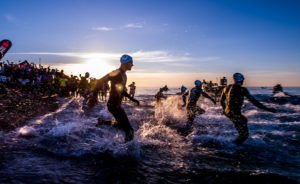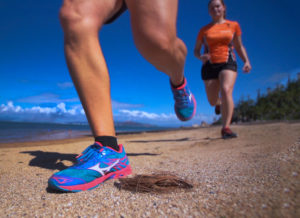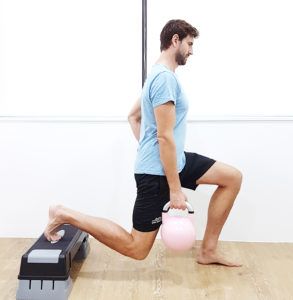Triathlon Injuries
 Getting injured whilst participating in triathlon is incredibly common. Around 75% of all triathletes will suffer from injury during their racing career, rising to 91% for Ironman (long distance) triathletes. Overuse is the most common cause of injury – which is good news as that is something we can manage – usually occurring in the lower leg or ankle, knees, low back or shoulders. Occasionally injuries will be due to some kind of trauma, most likely falling off the bike!
Getting injured whilst participating in triathlon is incredibly common. Around 75% of all triathletes will suffer from injury during their racing career, rising to 91% for Ironman (long distance) triathletes. Overuse is the most common cause of injury – which is good news as that is something we can manage – usually occurring in the lower leg or ankle, knees, low back or shoulders. Occasionally injuries will be due to some kind of trauma, most likely falling off the bike!
Written by Wendy Casterton, Physiotherapist




